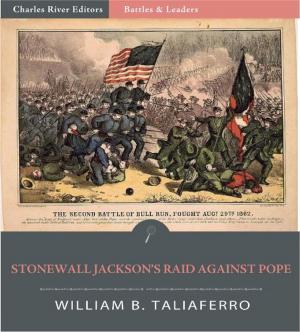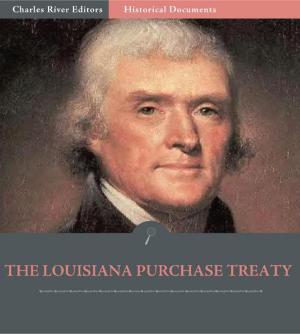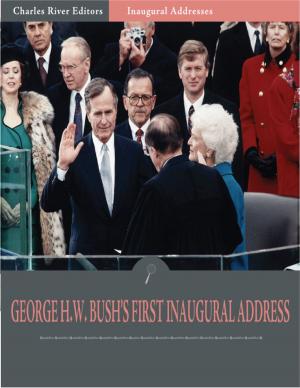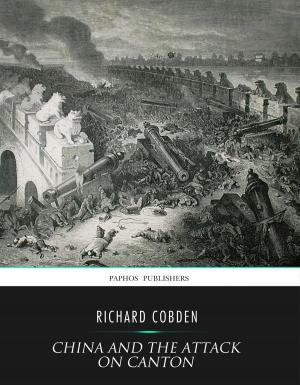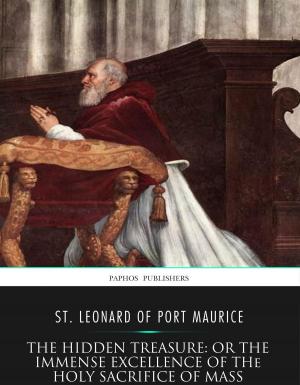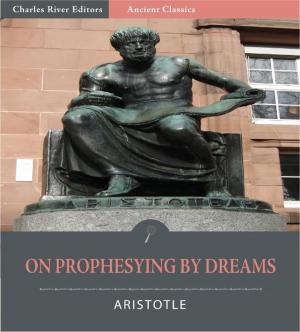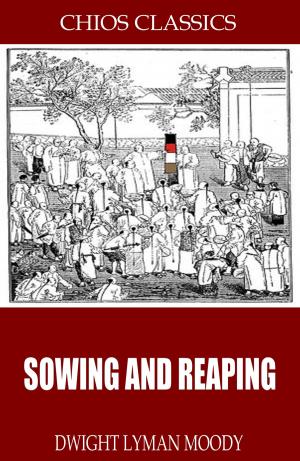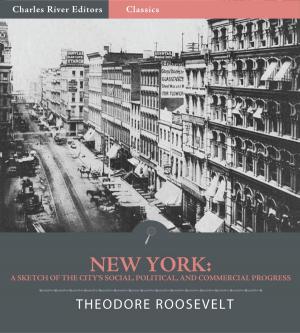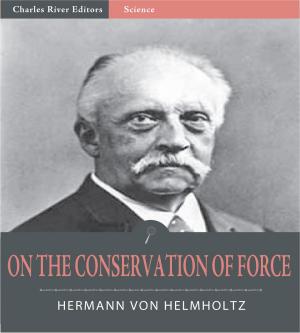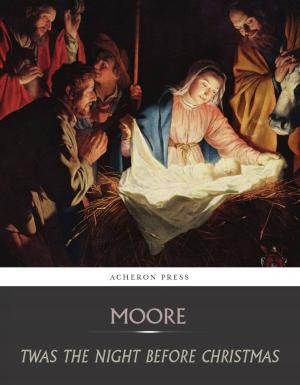TThe Hessians and the Other German Auxiliaries of Great Britain in the Revolutionary War (Illustrated Edition)
Nonfiction, Religion & Spirituality, New Age, Mysticism, Occult, Occultism| Author: | Edward Lowell | ISBN: | 9781475302349 |
| Publisher: | Charles River Editors | Publication: | March 7, 2012 |
| Imprint: | Language: | English |
| Author: | Edward Lowell |
| ISBN: | 9781475302349 |
| Publisher: | Charles River Editors |
| Publication: | March 7, 2012 |
| Imprint: | |
| Language: | English |
One of the most famous revolutions in history, the American Revolution (1775-1783) was the political upheaval in which 13 distinct colonies in North America banded together to cast off British rule, forming the United States of America. After the shot heard round the world on April 19, 1775, at the Battle of Lexington, the colonies sent representatives to the Second Continental Congress, the new states joined together at first to defend their respective self-governance and manage the armed conflict against the British known as the Revolutionary War (177583, also American War of Independence). Ultimately, the states collectively determined that the British monarchy, by acts of tyranny, could no longer legitimately claim their allegiance. They then severed ties with the British Empire in July 1776, when the Congress issued the Declaration of Independence, rejecting the monarchy on behalf of the new sovereign nation separate and external to the British Empire. Of course, the colonial forces still had to defend against the British attempts to subjugate them militarily, and given the British Empires supremity on both land and sea, this would be a lot easier said than done. The war ended with effective American victory in October 1781 after Yorktown, followed by formal British abandonment of any claims to the United States with the Treaty of Paris in 1783. The British relied heavily on mercenaries, none more despised or feared than the Hessians. Although largely forgotten today other than the fact that some Hessians fell victim to George Washingtons surprise attack on Christmas Day in 1776, they were an important part of the Revolution. Edward J. Lowell wrote an account of the Hessians participation in the Revolution. This edition of Lowells The Hessians is specially formatted with illustrations of several Founding Fathers and important figures of the war.
One of the most famous revolutions in history, the American Revolution (1775-1783) was the political upheaval in which 13 distinct colonies in North America banded together to cast off British rule, forming the United States of America. After the shot heard round the world on April 19, 1775, at the Battle of Lexington, the colonies sent representatives to the Second Continental Congress, the new states joined together at first to defend their respective self-governance and manage the armed conflict against the British known as the Revolutionary War (177583, also American War of Independence). Ultimately, the states collectively determined that the British monarchy, by acts of tyranny, could no longer legitimately claim their allegiance. They then severed ties with the British Empire in July 1776, when the Congress issued the Declaration of Independence, rejecting the monarchy on behalf of the new sovereign nation separate and external to the British Empire. Of course, the colonial forces still had to defend against the British attempts to subjugate them militarily, and given the British Empires supremity on both land and sea, this would be a lot easier said than done. The war ended with effective American victory in October 1781 after Yorktown, followed by formal British abandonment of any claims to the United States with the Treaty of Paris in 1783. The British relied heavily on mercenaries, none more despised or feared than the Hessians. Although largely forgotten today other than the fact that some Hessians fell victim to George Washingtons surprise attack on Christmas Day in 1776, they were an important part of the Revolution. Edward J. Lowell wrote an account of the Hessians participation in the Revolution. This edition of Lowells The Hessians is specially formatted with illustrations of several Founding Fathers and important figures of the war.

